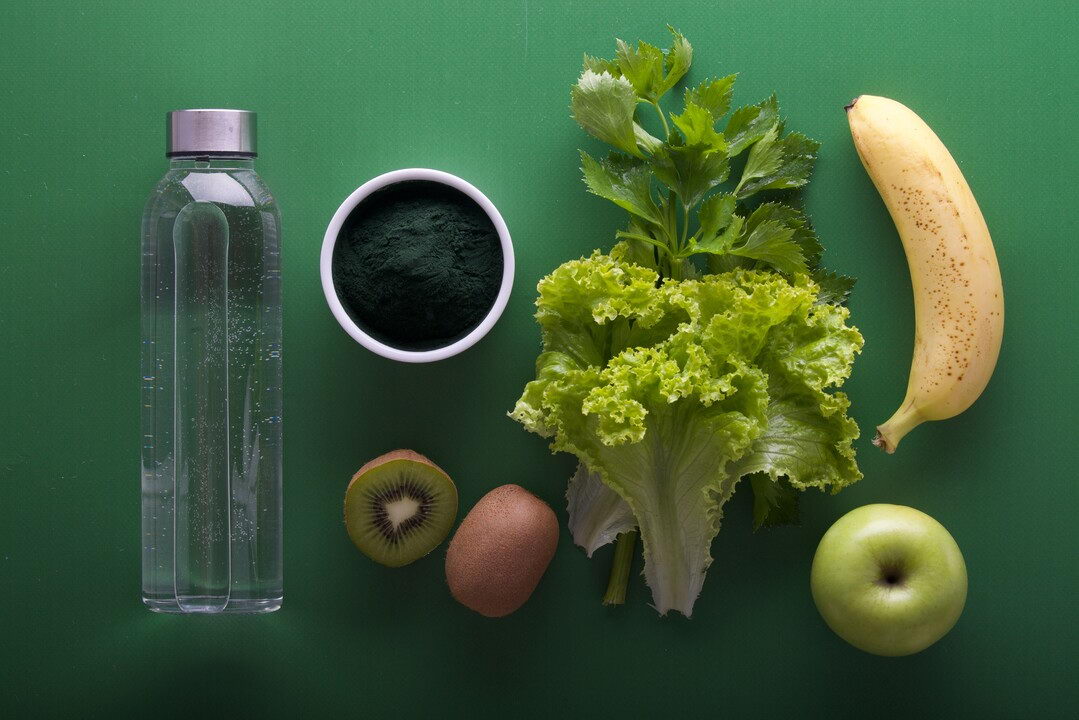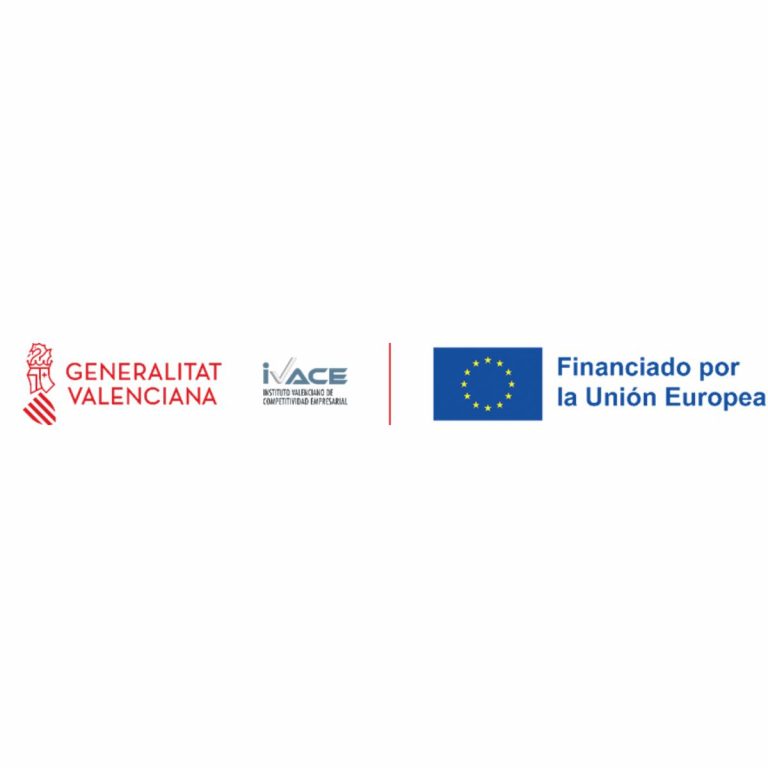Modernizing the concept of “Healthy Food”

Last Wednesday, the Food and Drug Administration (FDA) announced that it is proposing changes to its definition of “healthy” in food.
The proposed standard updates the definition of “healthy” to take into account how nutrients from different food groups contribute to healthy eating patterns and overall health. Under the proposed definition, more foods would be part of the healthy eating pattern, including nuts and seeds, fish such as salmon, which is higher in fat, certain oils, and water.
The FDA’s definition of healthy defines the criteria for foods to use the word on their packaging and has been a hotly debated topic in the food world for years. In fact, it is harder to define than most people think. The concept of healthy food has evolved over the years, while the debate about its meaning has not ceased.
What does “healthy” mean under the new definition?
FDA’s proposed definition would require foods to meet the following criteria to use the term “healthy” on a product label:
- Contain a certain significant amount of foods from at least one of the food groups or subgroups recommended by the Dietary Guidelines, such as fruits, vegetables or dairy.
- Meet specific limits for certain nutrients, such as saturated fat, sodium, and added sugars. (The threshold for limits is based on a percentage of the daily value (DV) of the nutrient and varies by food and food group). The limit for sodium is 10% of the DV per serving.
Going one step further
As mentioned above, the concept of healthy food has evolved over time. In the first instance, a healthy diet (and therefore, healthy food) was one that covered nutritional requirements. Later, with the advent of a situation of abundance, and the discovery of the correlation between high levels of saturated fat and a whole series of diseases, the concept of a healthy diet was modified to be “one that contained low levels of saturated fat”.
Nowadays, we seek to go a step further in terms of what we require from a healthy food. With this, concepts such as functional food appear, that is, food that has a beneficial biological activity on the organism that consumes it, beyond its nutritional value.
Among the list of functional foods and ingredients, we can find a whole range of ingredients with coloring properties such as turmeric and safflower which are mentioned as anti-inflammatory or immune-supporting ingredients.
From Coralim we seek to offer healthier food options with the most current advances in the field of nutrition. If you are interested in finding out about our products and what they can bring you, do not hesitate to contact us and stay tuned to our social networks!



